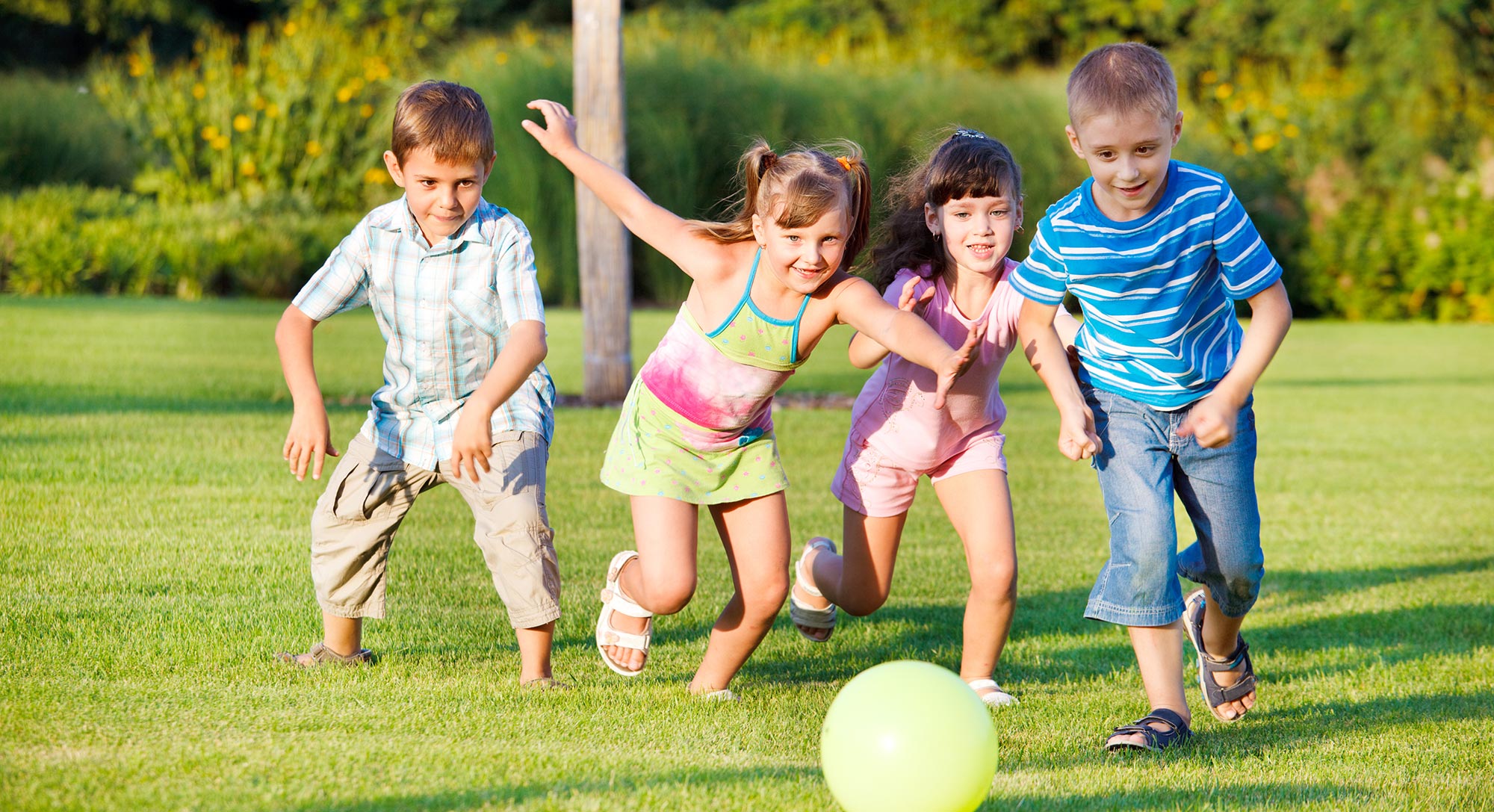Artificial grass has come a long way from its early days of stiff, unnatural appearances. Modern synthetic turf is almost indistinguishable from the real thing, providing a lush, green landscape without the need for constant upkeep. This innovation is particularly vital in drought-prone areas like California, where water conservation is not just beneficial but necessary.

Simple Installation and Low Maintenance
Today's artificial grass is user-friendly and easy to install. With a few basic tools and some determination, homeowners can transform their yards without needing professional help. Once installed, artificial turf requires no watering, mowing, or fertilizing, drastically reducing maintenance time and costs.
Water Conservation Advantages
Natural lawns are notorious for their high water consumption, using about 55 gallons per square foot each year. In contrast, artificial turf needs no watering, making it an ideal solution in drought-stricken regions. The latest water use efficiency framework set by California's government highlights the importance of sustainable practices, which include reducing urban water use and eliminating wasteful habits.
Environmental Impact
Artificial grass minimizes the environmental footprint linked to traditional lawn care. Real grass demands fertilizers, pesticides, and herbicides, all of which contribute to pollution. Moreover, mowing natural grass emits significant levels of pollutants, equivalent to driving a car for 93 miles per hour of mowing. Synthetic turf eliminates these environmental concerns, offering a greener alternative.
Economic Considerations
While the upfront cost of installing artificial grass can be substantial, the long-term savings are significant. Homeowners can benefit from rebates provided by water districts, easing initial expenses. Over time, the reduction in water and maintenance costs makes artificial turf a cost-effective and sustainable investment.
Versatility and Aesthetic Appeal
Artificial grass enhances various outdoor spaces beyond traditional lawns. It’s perfect for pet areas, pool surrounds, patios, outdoor kitchens, and children's play zones. This flexibility allows homeowners to create beautiful, functional landscapes that remain green and inviting all year round, irrespective of the climate.
Tackling Climate Challenges
California’s ongoing droughts, intensified by climate change, call for innovative solutions in water conservation. Artificial grass offers a practical response to these challenges, significantly reducing water consumption and the environmental impact of traditional lawns. By choosing synthetic turf, homeowners contribute to broader efforts in combating climate change and promoting sustainability.
Artificial grass is a sustainable, low-maintenance alternative to natural lawns, especially suited for drought-prone areas. Its numerous benefits, including water conservation, environmental friendliness, and cost-effectiveness, make it a smart choice for modern landscaping. As residents in arid regions seek ways to conserve water and maintain beautiful outdoor spaces, synthetic turf stands out as a practical and eco-friendly solution.
